It was at the end of last month that we had the first dynamic contact with the new Mitsubishi Eclipse Cross PHEV , the substantially renewed proposal of the three diamond brand for one of the most competitive segments of the market, the C-SUV.
Now, an opportunity for a new dynamic contact, but this time on national soil (the previous one took place in Munich, Germany), coinciding with the beginning of the model's commercialization in Portugal.
Its arrival couldn't happen at a better time, as it happens with the “explosion” of plug-in hybrid proposals in the segment, the same type of engine that the Eclipse Cross debuts, being the only one that will be available among us.
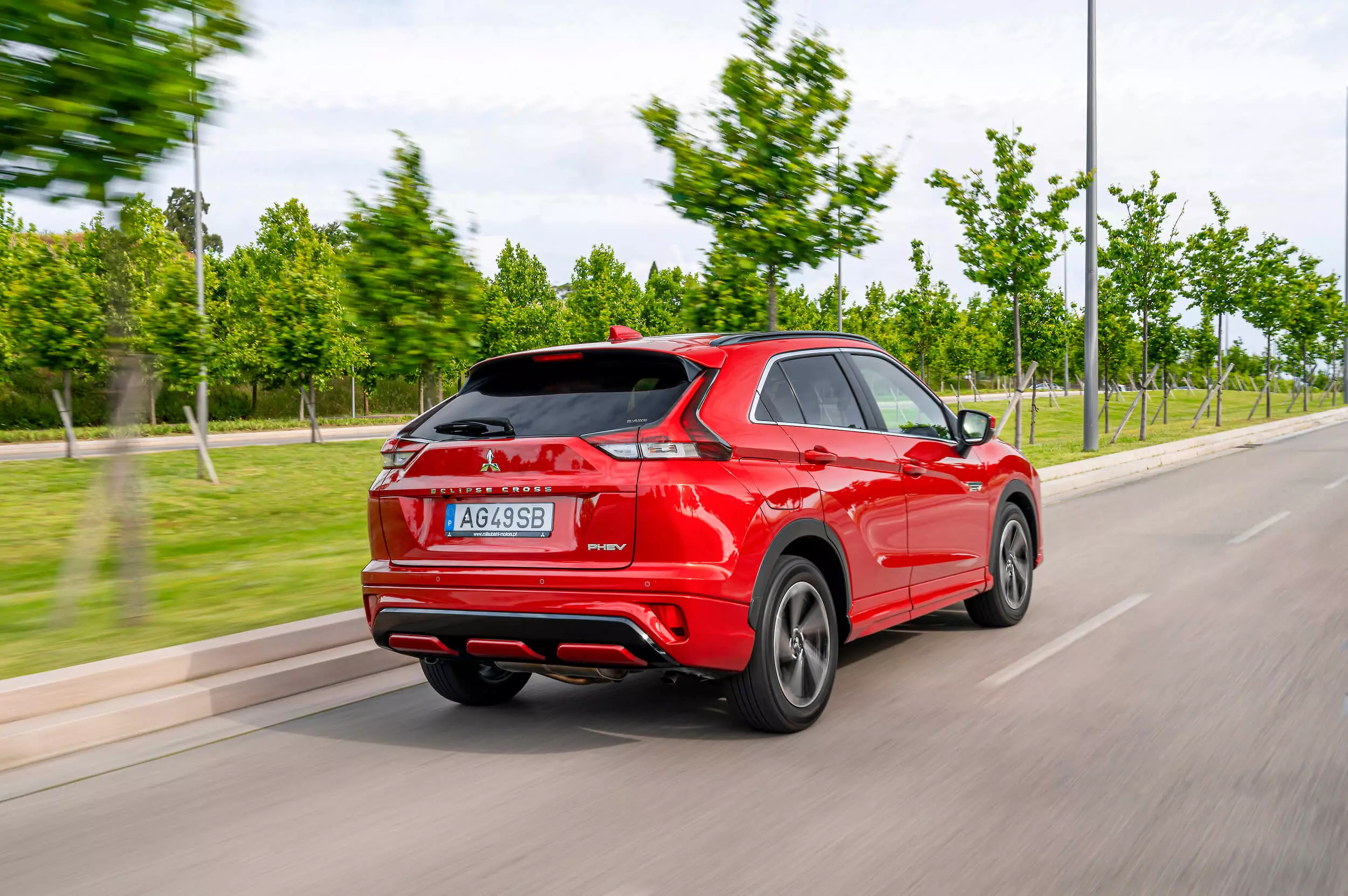
The plug-in hybrid option may be new to the model, but not to the brand. After all, Mitsubishi was one of the pioneers at this level, marketing since 2014 the largest Outlander PHEV, which allowed the brand to be the sales leader in plug-in hybrids in Europe until recently, corresponding to approximately 182,000 units by October 2020 .
Portugal took longer to “fall in love” with Mitsubishi's plug-in hybrid proposal, but records, even so, more than 1900 units sold so far.
Single plug-in hybrid system
It is precisely from the Outlander PHEV that the Eclipse Cross PHEV receives its powertrain, and despite not being a new solution, the expressive number of units sold and in circulation give a comfortable feeling of security: the technology is more than proven and the reliability has proved to be high, with no record of incidences.
The plug-in hybrid system itself may be a veteran when compared to other more recent offerings on the market, but it remains unique in its operation.
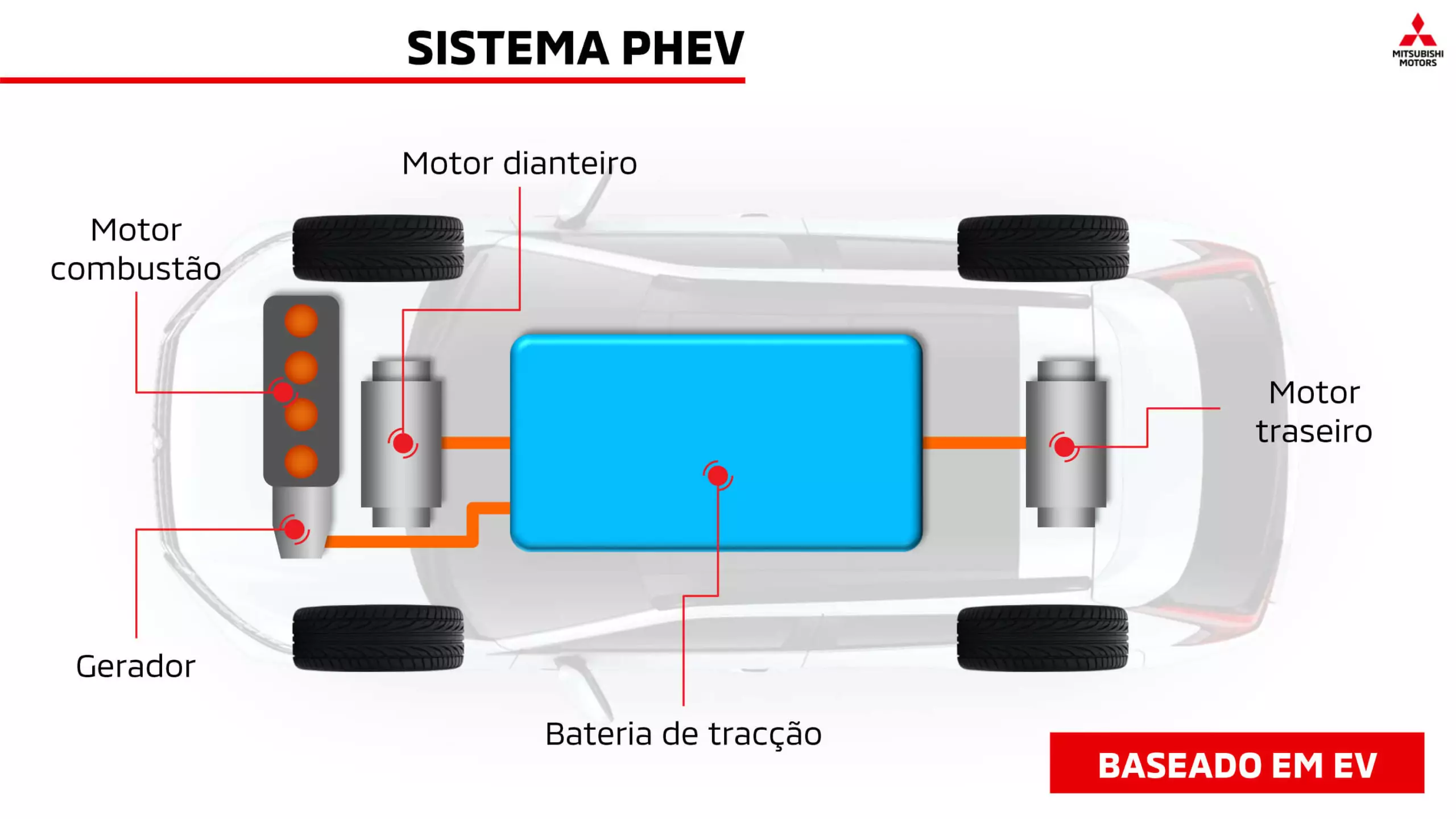
It differs from other plug-in hybrid systems in that, unlike these, which start with a combustion engine and transmission to which an electrical component is added, the Mitsubishi one starts from a 100% electrical kinematic chain.
In other words, the starting point is the electric machine to which a combustion engine is added to serve, above all, as a generator (in place of a battery with greater capacity). That's why the Outlander PHEV and, consequently, the new Eclipse Cross PHEV don't have a gearbox (just like the electric ones, they have a fixed ratio).
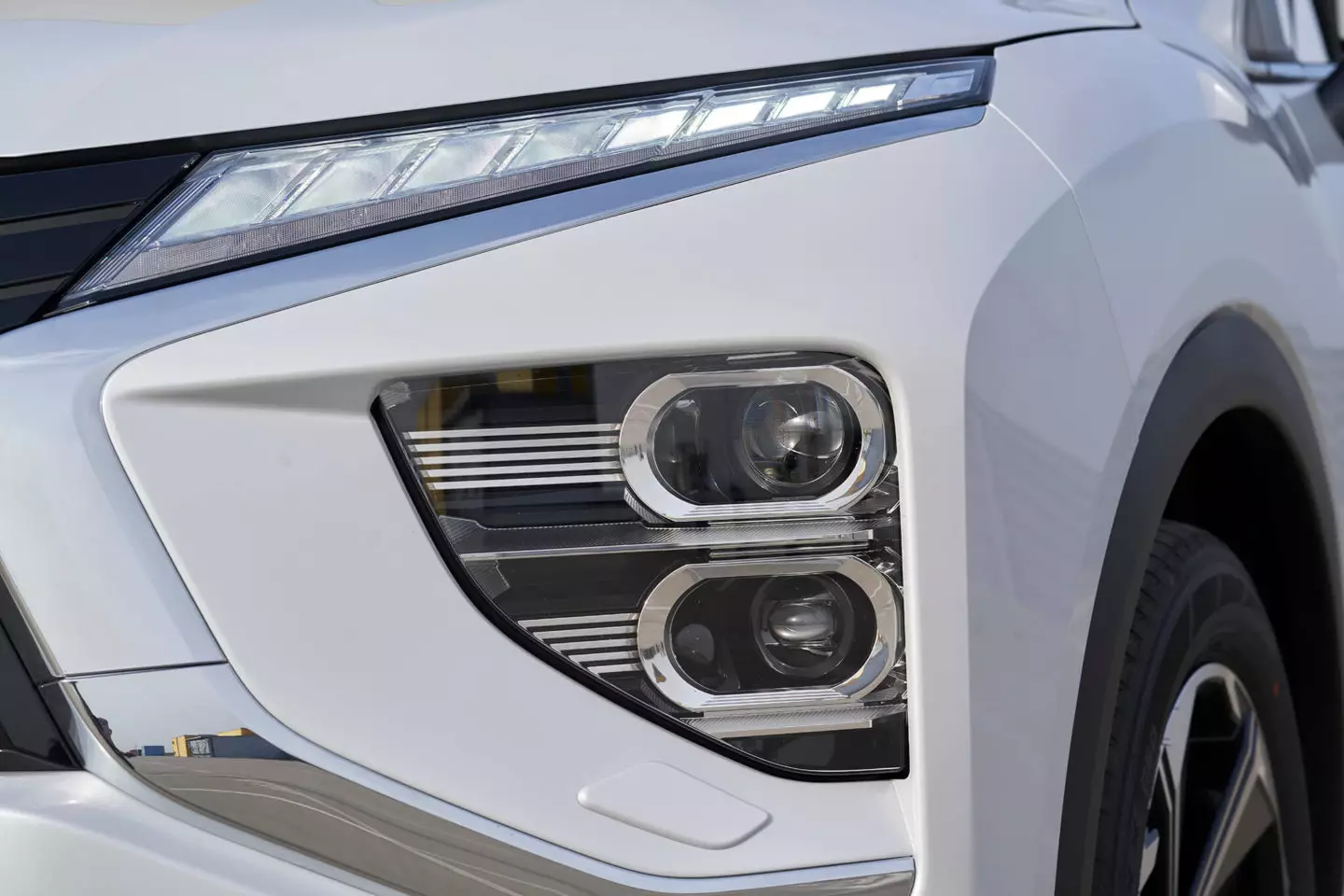
Which helps to justify the smooth operation of the entire system that I found during this dynamic contact, even more than what we see in other plug-in hybrids, where the management between the two types of engines and the transmission causes some hesitation.
Even when the combustion engine is forced to intervene, either as a generator or as a traction engine (from 135 km/h or when the battery is practically discharged), it happens imperceptibly, with only its noise (non-intrusive, even when the revs are high) and the needle of one of the dials that includes a tachometer to denounce it.
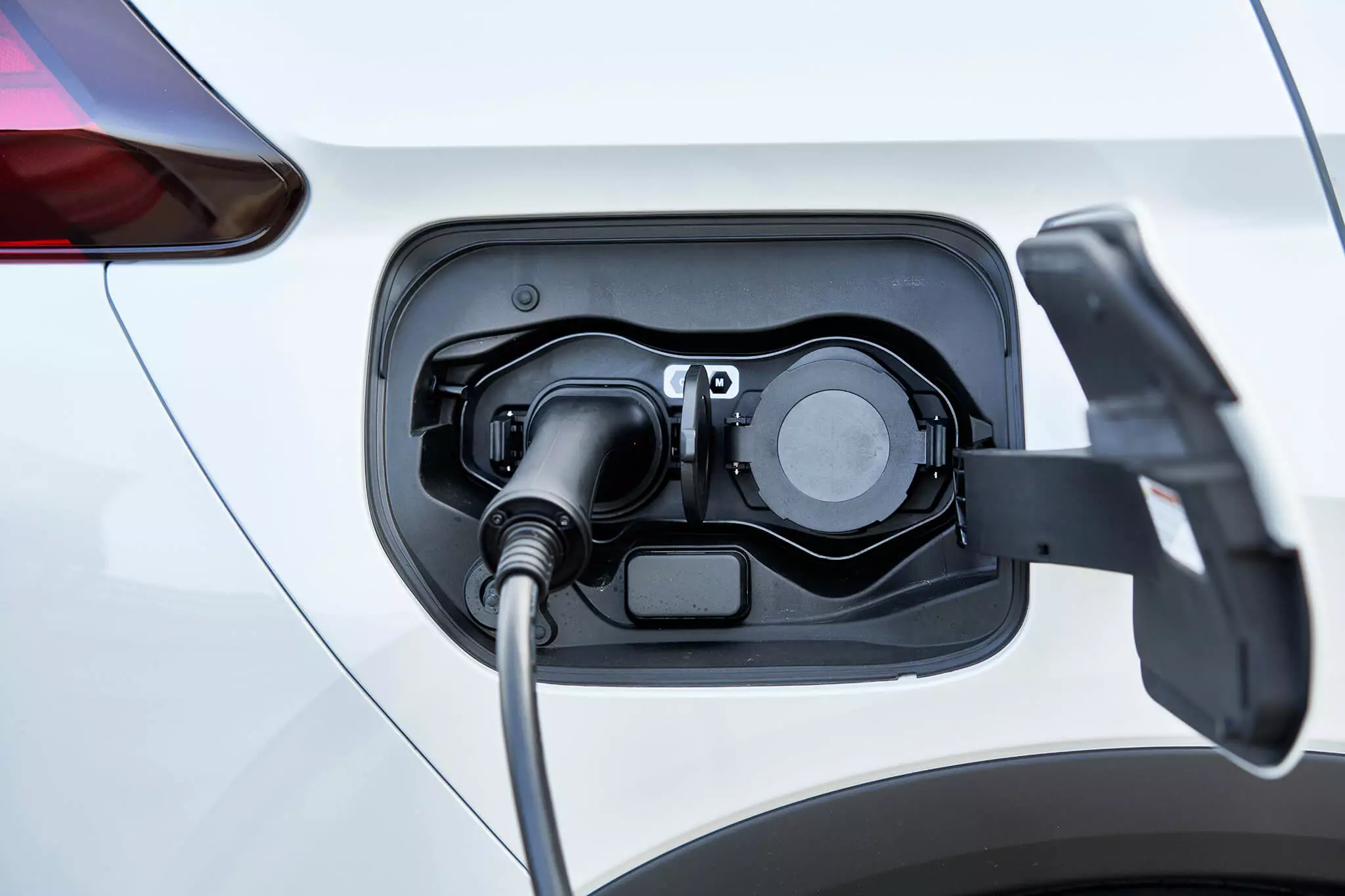
To complete this system we have a 13.8 kWh battery (eight-year warranty or 160 thousand kilometers) that allows up to 45 km of electric autonomy (55 km in urban cycle) and also allows the Eclipse Cross PHEV to announce 2.0 l/ 100 km and 46 g/km of CO2 emissions.
“Old” acquaintance
The first kilometers at the wheel gave to get familiar again with the Eclipse Cross which, despite the substantial renovation carried out and the unprecedented powertrain, remains the same as itself.
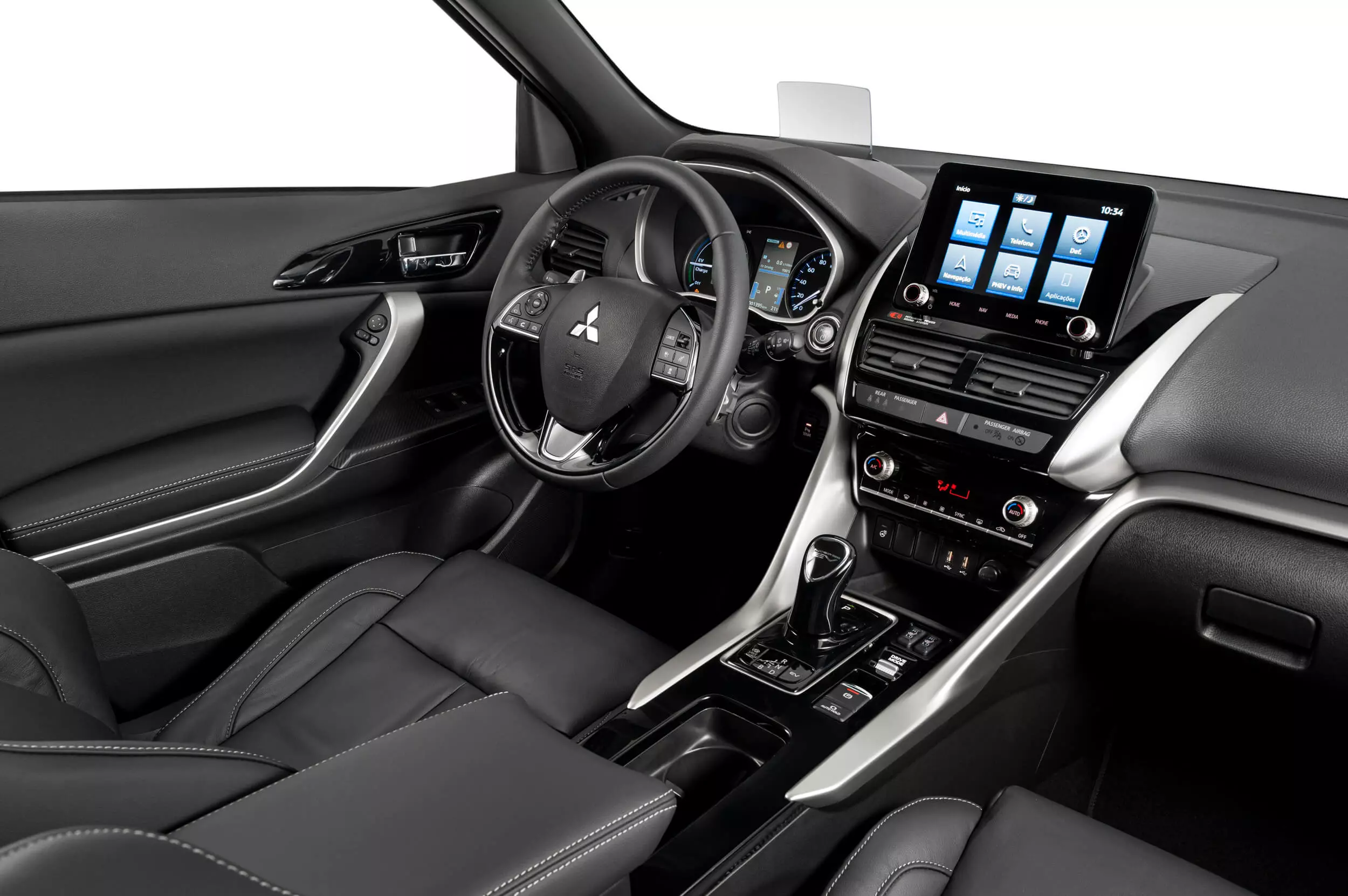
The interior has changed much less than the exterior — the biggest differences refer to the disappearance of the “touchpad” to control infotainment and it gained a larger 8″ screen — and, as before, the comfort is at the correct level and the position of handling, typically higher as you would expect in an SUV, is also good. The interior also continues to be much more consensual to the eye than the exterior (although far from enchanting), covered, for the most part, with materials that are pleasant to the touch and characterized by a robust assembly.
Also noteworthy is the wide range of standard equipment — in Portugal there is only one level of equipment, the eMOTION —, bringing, for example, Head Up Display and heated seats in leather and Alcantara, Apple CarPlay and Android Auto, and several ( and mandatory) driving assistants.
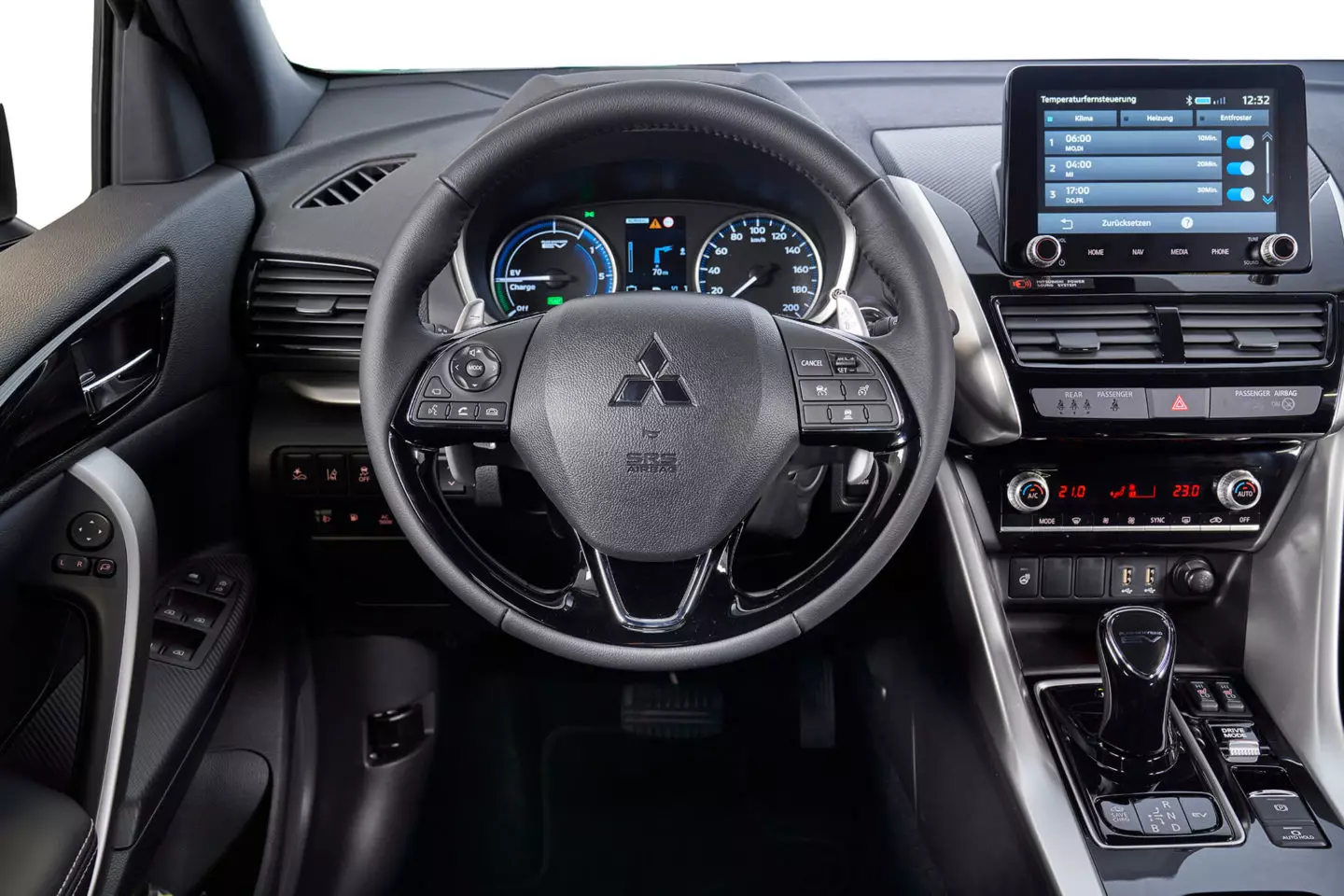
The instrument panel is mixed (analog/digital).
At the wheel
Heading to Quinta de Sant'Ana, in Mafra, departing from Mitsubishi's facilities in Lisbon, I had the opportunity to try Eclipse Cross PHEV in various scenarios, from the usual stop-start of the 2nd Circular in Lisbon to the narrow, wrinkled and curled municipal roads in the vicinity of Mafra, and also a passage on the A8 on the way back.
Once again, it is the smoothness and refinement of its cinematic chain that stands out straight away. In the urban chaos and with the battery still full, the combustion engine never intervened and remained “silent” even when I reached clearer roads and the pace increased. We can manually select the electric (EV) mode, but in this case I let Eclipse Cross PHEV manage it automatically.
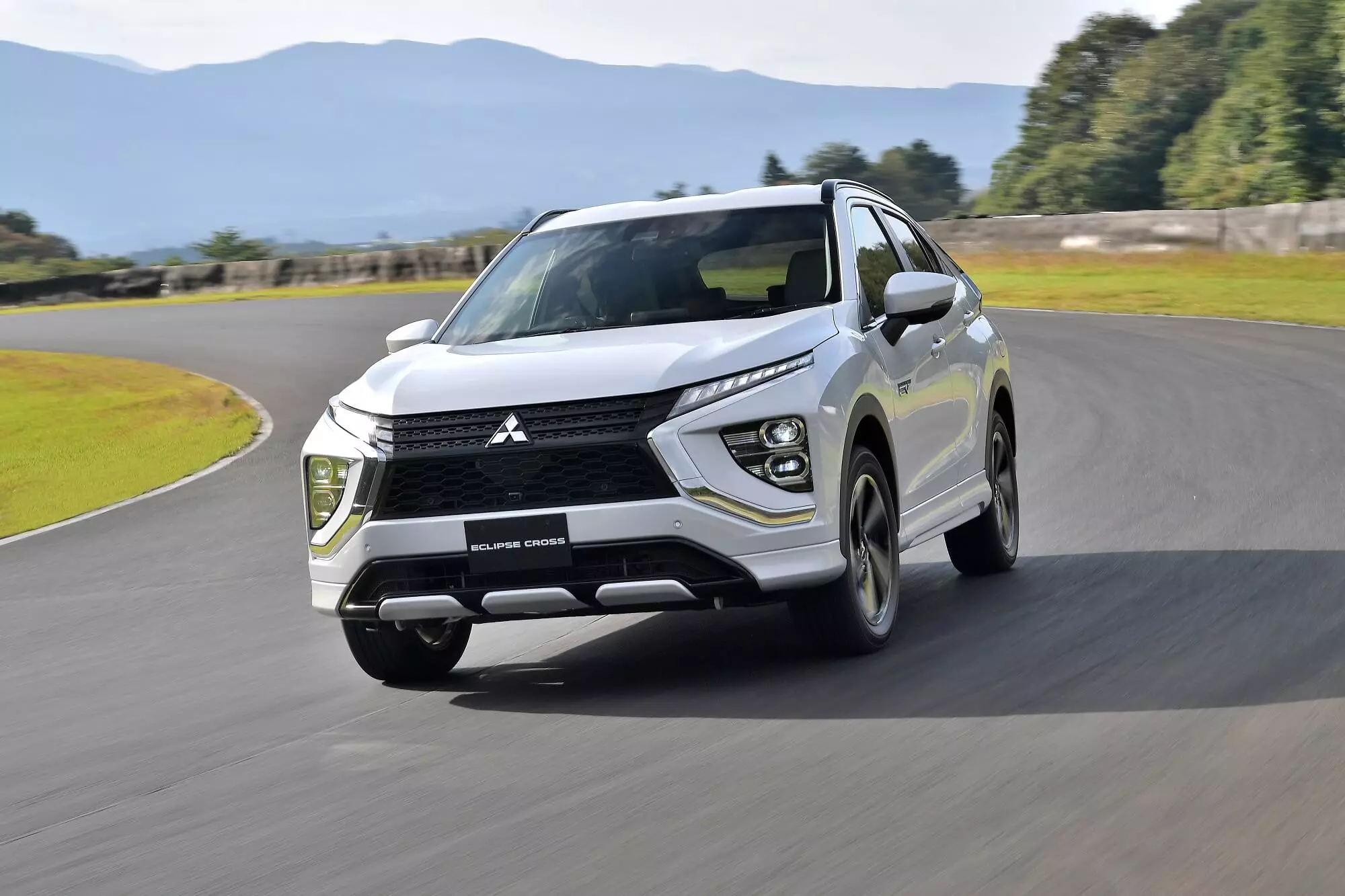
It switches, as needed, between three modes automatically: EV (electric), Series (only electric motors drive the vehicle with a combustion engine serving as a generator) and Parallel (combustion engine and rear electric motor).
Only after having "discharged" the battery and, above all, "attacked" the highway did I have access to Parallel, which made consumption rise from just over 3.0 l (not always treating the accelerator sympathetically) at the end of the first part of the route to just over 5.0 l at the end of this first contact.
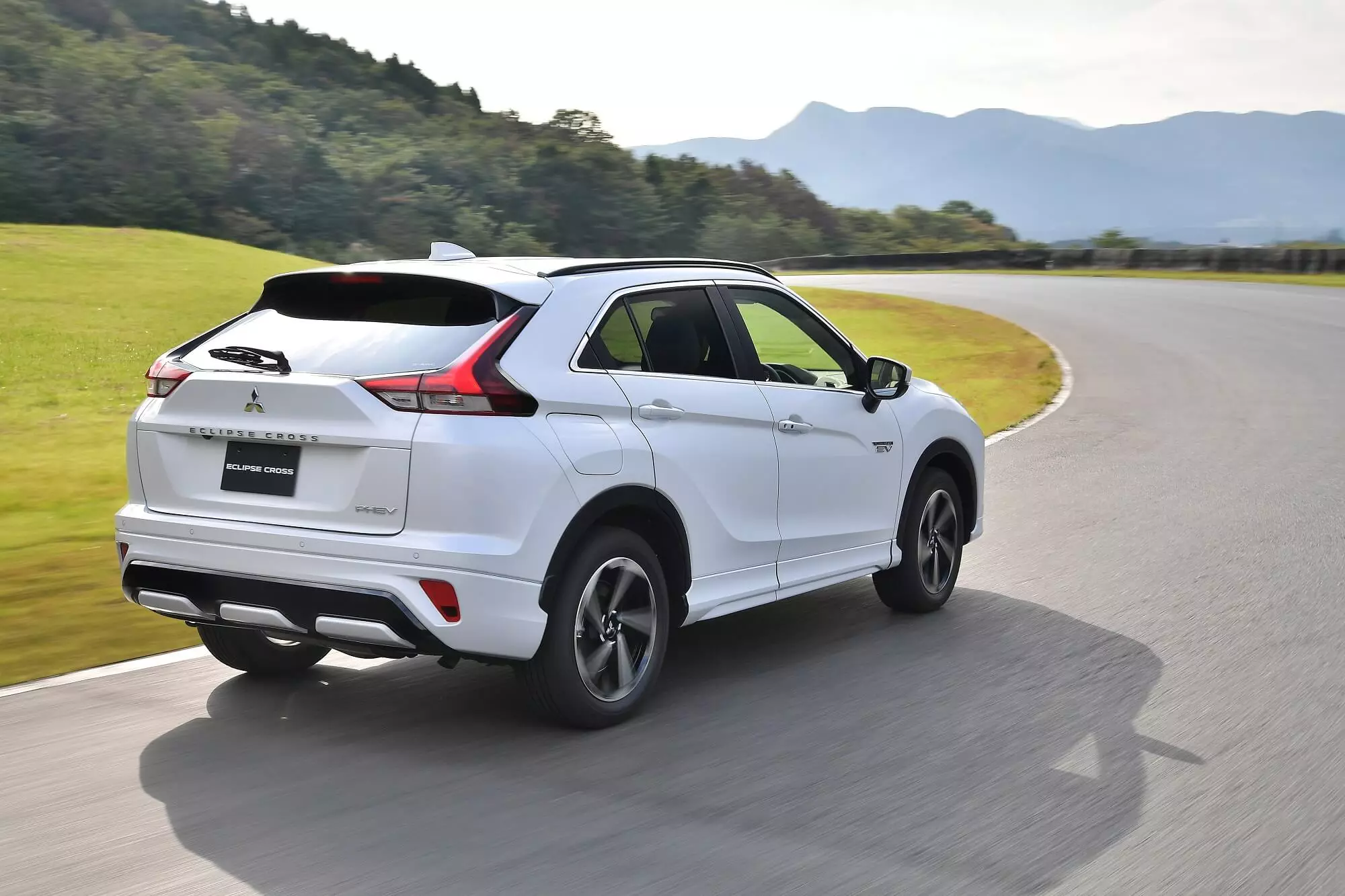
Moderate values, but as with all plug-in hybrids, the more frequently we charge the battery, the more this proposal makes sense — Mitsubishi even says it is possible to circulate 89 consecutive days without the combustion engine showing signs of life. On day 90, the gasoline engine is automatically started to protect the fuel injection system and ensure its longevity.
The roadside qualities of this hybrid SUV stood out when leaving the urban mesh, with the comfort of rolling in a good plane (aided by comfortable seats, but needing more support at the level of the legs) and the refinement as well. Rolling and mechanical noise are contained, but on the highway, there is a greater intensity in the noise of the air passing through the vehicle.
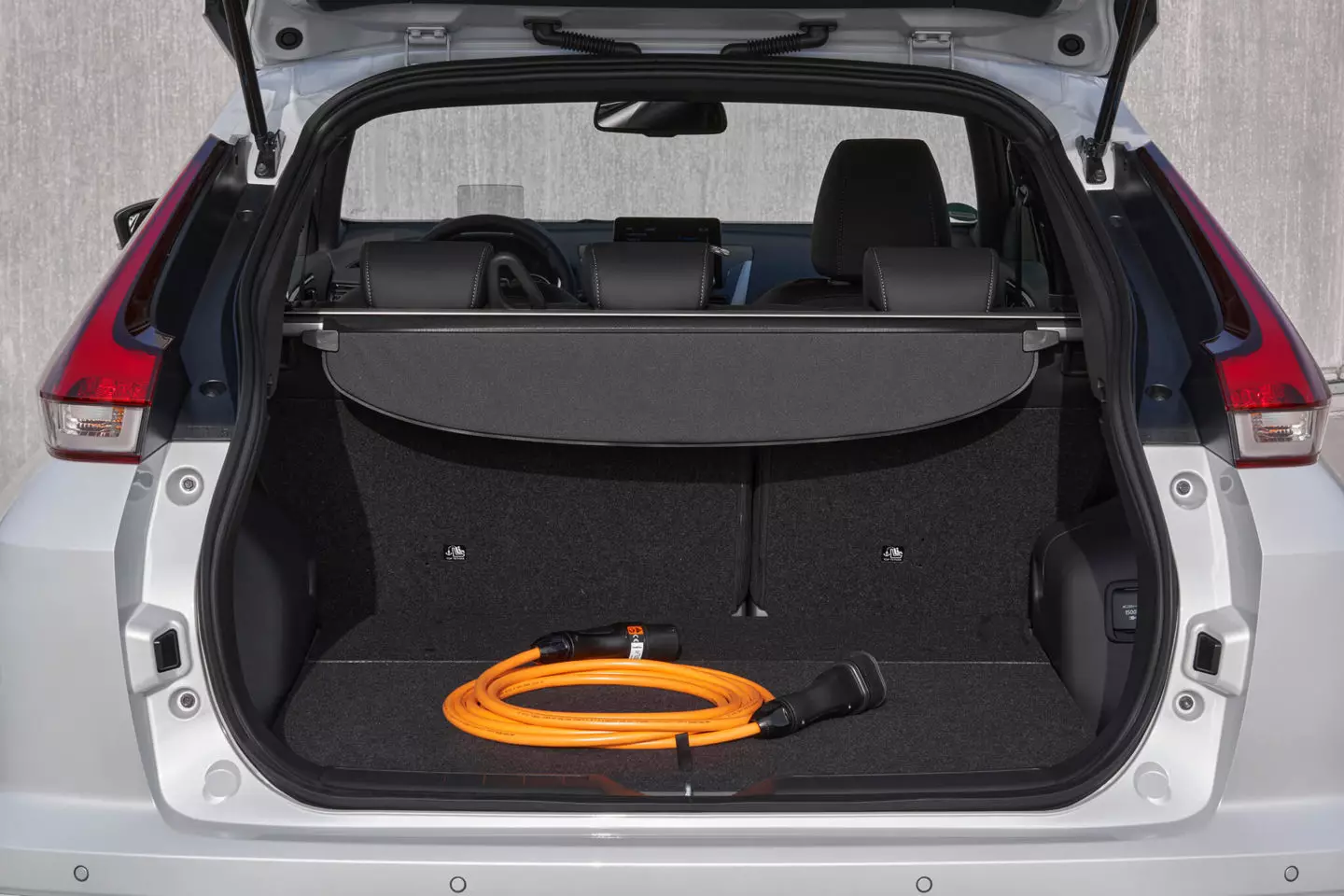
The trunk is not far from its hybrid plug-in rivals, being somewhat small, but allowing for good storage.
The open road also gives the opportunity to “play” with the paddles behind the steering wheel, which increase or reduce the intensity of energy recovery, allowing to simulate the engine-brake effect on descents, for example. There are six levels (including the initial one, without recovery, as if it had freewheeling), but the truth is that they could be less, because the difference between the various levels is not much.
don't rush him too much
However, we quickly realized that the Mitsubishi Eclipse Cross PHEV is more friendly to quiet rhythms than hurried ones. First, and despite the nearly 190 hp available, the nearly two tons in running order considerably dilute its performance — it turns out to be quite modest and below other similar proposals in the segment.
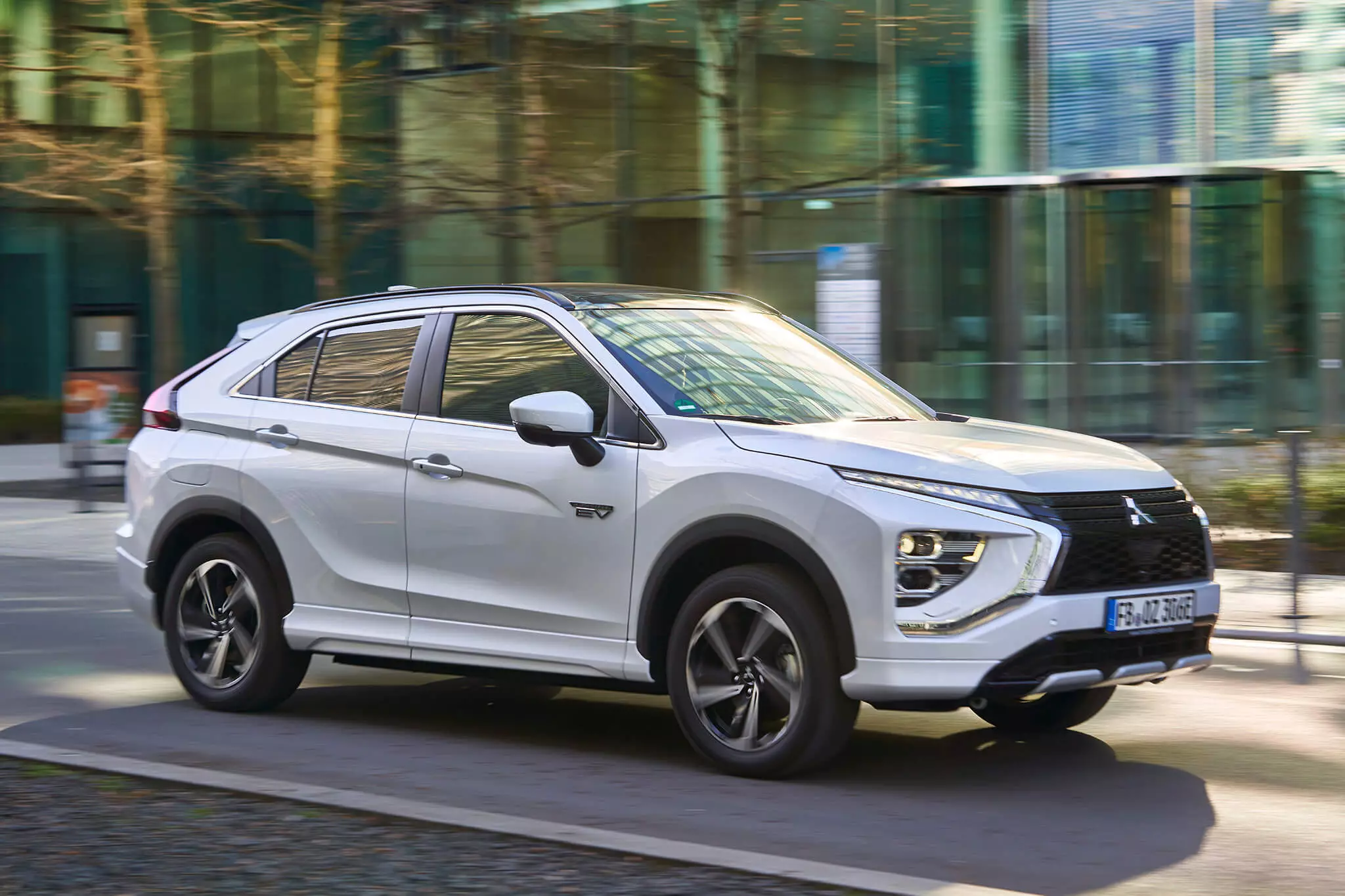
The almost 2000 kg doesn't help either when we decide to rush you on more convoluted roads and far from perfect. Mitsubishi says the center of gravity is 30mm lower than on the other Eclipse Cross (due to the location of the batteries), but it's still almost two tonnes (approximately 350kg more compared to the previous Eclipse Cross with a diesel engine). combustion and four-wheel drive).
Even so, and despite the modifications carried out at the level of the suspension, it is perceived some difficulty in containing the body movements in a more lively driving — the level of composure is lower than the previous Eclipse Cross with only combustion engine. That said, the management turned out to be accurate, if not very informative, and the front responds appropriately to our orders.
The Eclipse Cross PHEV case is not unique — the hybrid variants (plug-in and non-plug-in) of several models I've been testing turn out to be, overall, not so dynamically achievable when compared to the lighter variants with only combustion engine.
Four-wheel drive, always
There was no opportunity in this first contact to challenge the S-AWC (Super All Wheel Control) four-wheel drive system, a rare option at this level in the Eclipse Cross segment — we just think about it. Jeep Compass 4x , with similar power level.
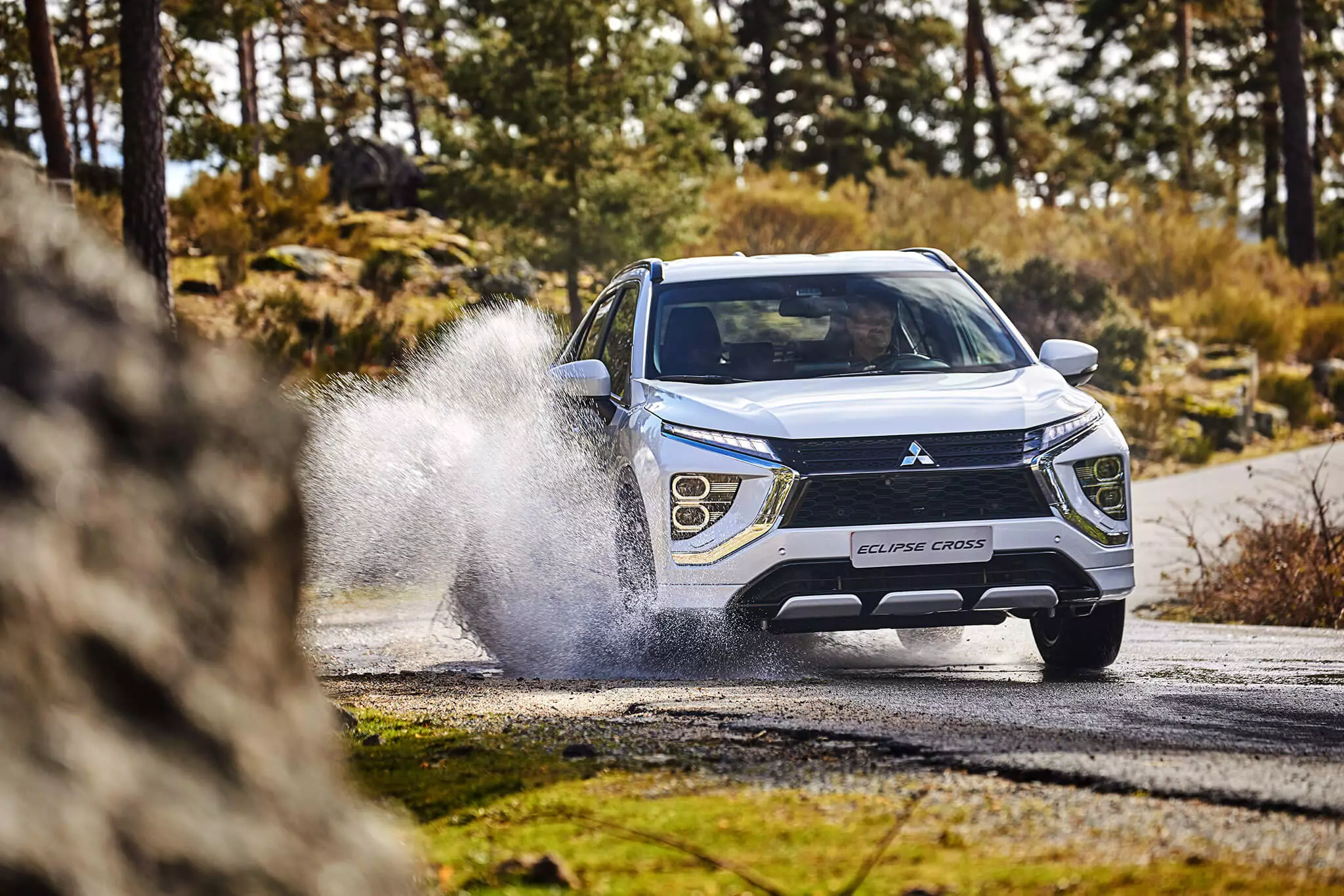
With an electric motor per axle and without a transmission shaft joining the two axles, the four-wheel drive is of the permanent type, with no loss of traction even when attacking more aggressively in tighter curves. The SUV showed an always neutral attitude, resisting understeer/oversteer with great nobility.
By having four-wheel drive, the Eclipse Cross PHEV brings additional driving modes like Snow (snow) and Gravel (gravel). The others are Eco, Normal and Tarmac, with the latter being equivalent to the sportier mode. I ended up preferring the Normal mode more, because on the Tarmac, in addition to having greater throttle sensitivity (which I didn't dislike), the response of the powertrain is more abrupt, not always the most pleasant.
let's go to accounts
The Mitsubishi Eclipse Cross PHEV, despite having good arguments in favor, turns out not to be the most competitive proposal in the segment, with values that rival other similar ones, but more powerful and capable of going further in electric mode.
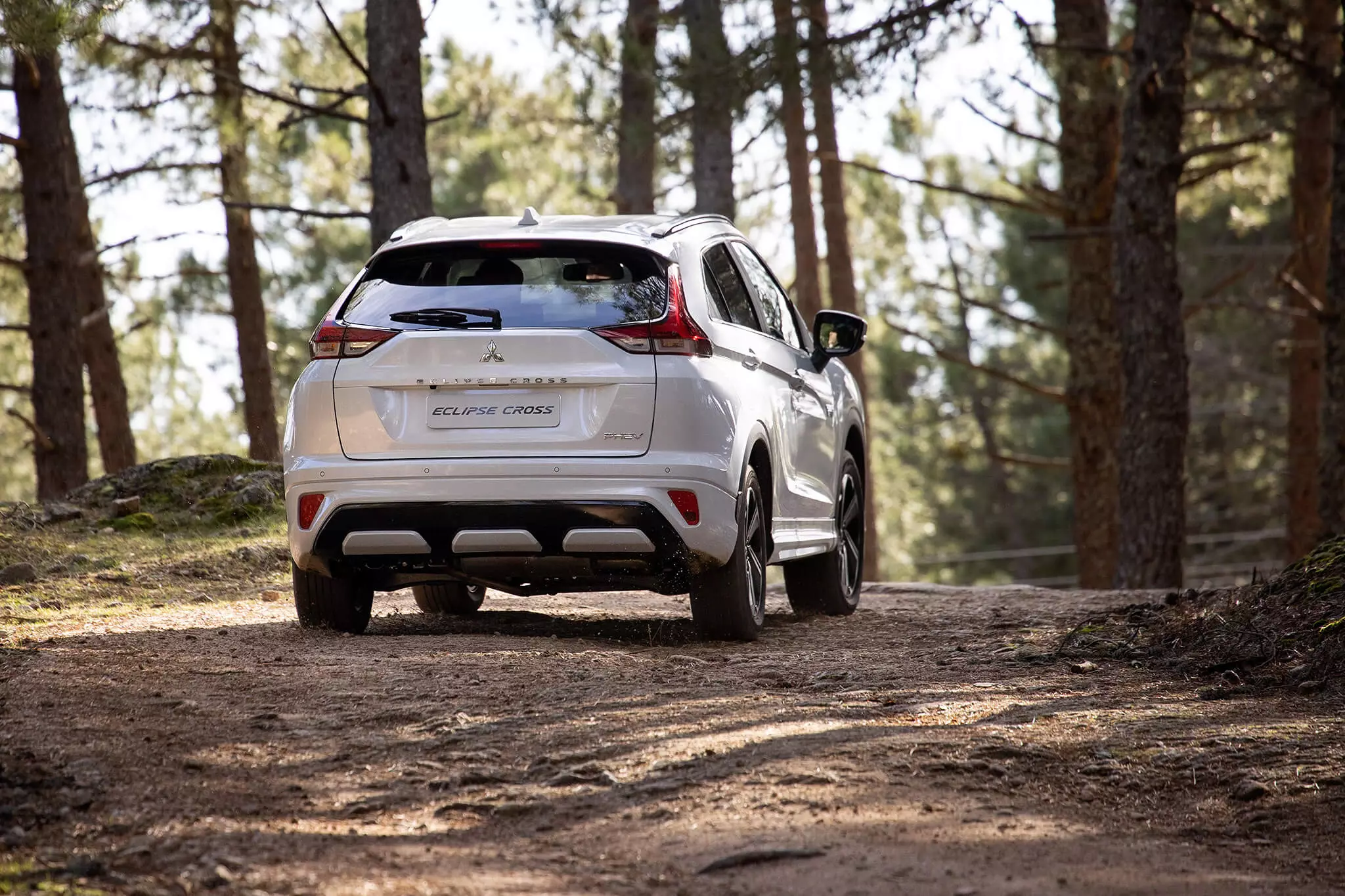
The Mitsubishi Eclipse Cross PHEV is now available on the Portuguese market, with a campaign price for private individuals from 46 728 euros (53 000 thousand euros without campaign). However, it is for the business segment and fleets that the Eclipse Cross PHEV makes the most sense — Mitsubishi itself admits that 99% of sales should be in this direction — with a campaign price of 32,990 euros + VAT, remaining in the 10% step in autonomous taxation.
Another advantage of the new Mitsubishi Eclipse Cross PHEV is that it is Class 1 with Via Verde, even though it has four-wheel drive.
